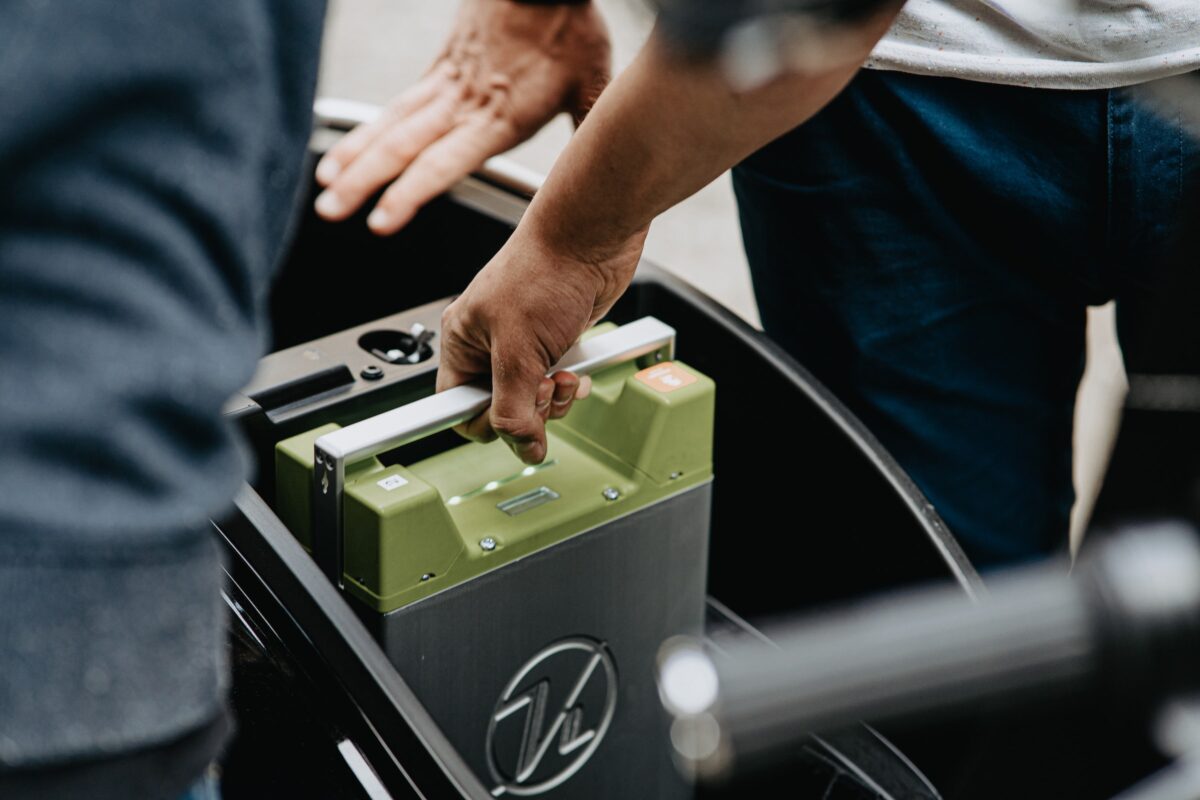With the Ontario government proposing another reusing framework that mitigates civil administrations of running blue box programs, specialists are hoping to see the expense gave to purchasers as more exorbitant costs for bundled merchandise.
That is on the grounds that the proposed guidelines uncovered by the administration of Premier Doug Ford Monday move duty regarding reusing onto the organizations that produce bundling.
Whenever passed, the administration assesses the proposed administrative changes will see districts spare $135 million yearly as makers assume control over the blue box program.
In any case, Calvin Lakhan, a York University analyst and a specialist in Ontario’s reusing program, says Ontarians shouldn’t anticipate that organizations should ingest the additional expense. By his investigation, the change will see the normal staple bill in territory go up somewhere in the range of $40 and $50 per month.
“It’s actually a matter of makers recovering the expense by giving it to purchasers,” Lakhan revealed to CBC Toronto. He anticipates that the expense of bundled things should increment somewhere in the range of 6 to 12 percent under the proposed changes.
Additionally, Lakhan says the move to maker obligation (and included customer cost) will influence a few gatherings more than others. He says lower salary, northern and provincial Ontario people group will in general utilize all the more bundling.
In far off territories, additionally bundling is needed to move and ration food longer. And keeping in mind that ranchers’ business sectors and mass stores that permit clients to bring their own compartments are diminishing the requirement for bundling for certain customers, Lakhan says they aren’t as basic in lower pay neighborhoods.
“To be a decent ecological resident is an extravagance and benefit instead of a right,” Lakhan said.
The proposed changes will witness all the more reusing in Ontario. The point is to grow the blue box program to northern networks, loft and apartment suite structures, schools, retirement homes and some open spaces.
The legislature is additionally suggesting that what goes into blue boxes will likewise grow to incorporate paper and plastic cups, wraps, foils, plate, just as single-use sacks, mix sticks, straws, cutlery and plates.
“By outfitting the advancement and inventiveness of industry and growing reusing open doors for individuals and organizations over the region, we can redirect more waste from landfills by finding new purposes for items and reinserting them back into the economy,” Environment Minister Jeff Yurek said in an announcement on Monday.
Sebastian Prins, overseer of government relations for the Retail Council of Canada, concurs the expense of industry assuming control over the reusing project will be given to purchasers.
However, Prins says there will be significant advantages.
Under the proposed changes, makers will work a normalized framework over the region, so what you can and can’t reuse wouldn’t change contingent upon what district you were in.
Prins forsees possible cost reserve funds in having blue box programs “packaged” into an area wide framework.
“Give us the space to enhance,” he said. “You can begin to get some intriguing efficiencies.”
While Ontario Green Party Leader Mike Schreiner reprimanded the administration’s arrangement for a really long time, (regions won’t begin progressing until 2023, some as late as 2025) he said moving duty to makers is “the best activity.”
“That makes a monetary motivating force to lessen the measure of materials out for squander in any case.”




